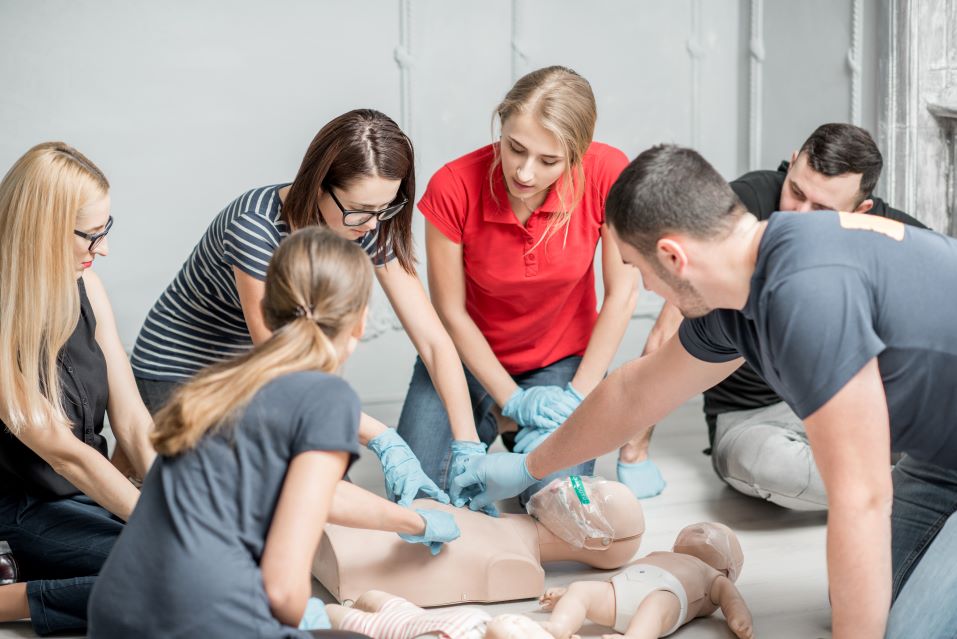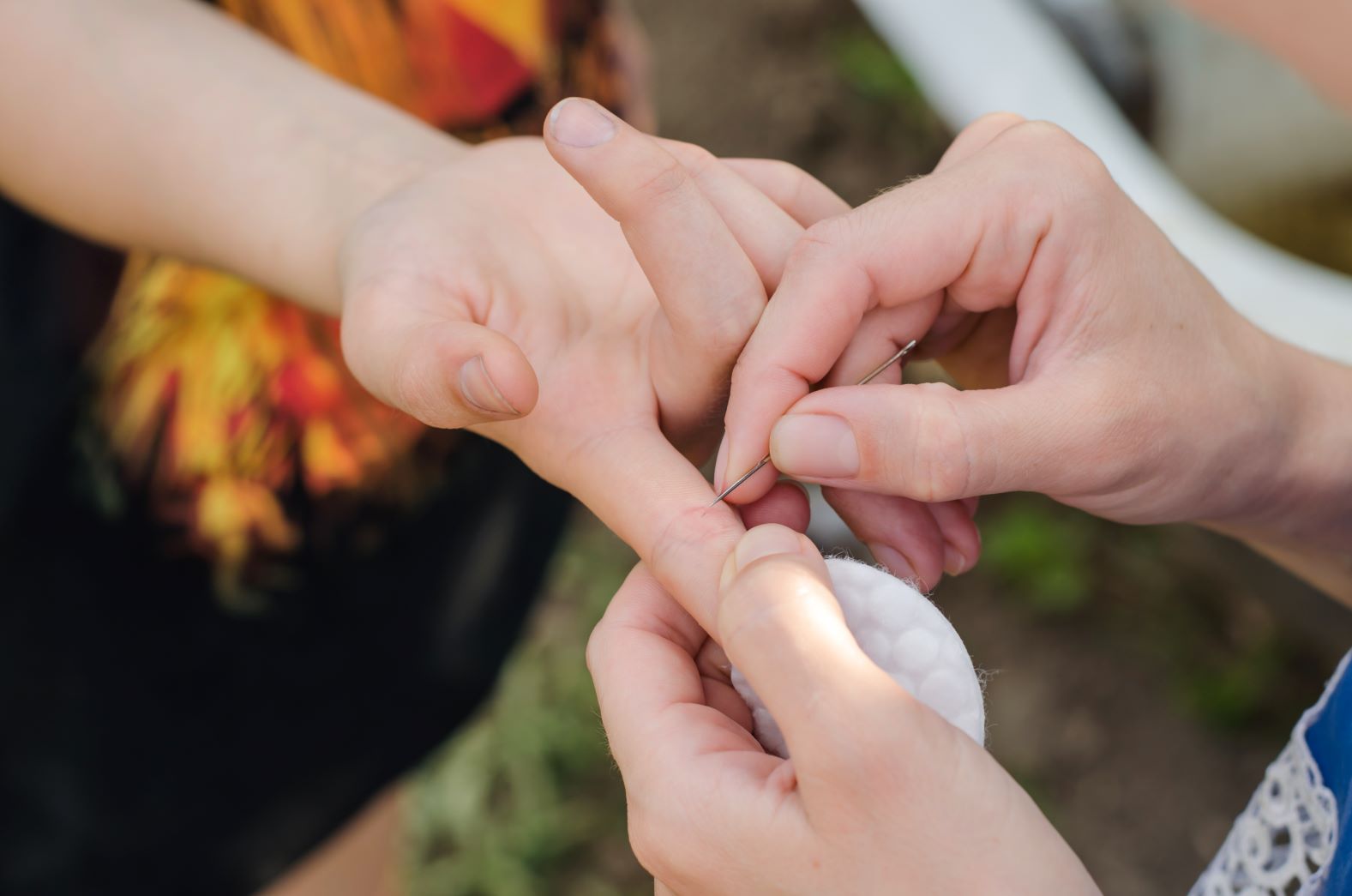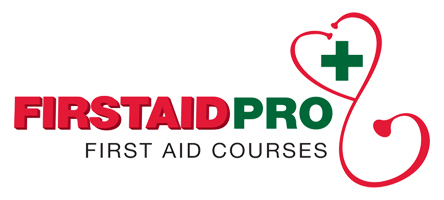8 ways to reduce swelling after an Injury: Soft tissue injuries are easily recognised: first comes the pain, followed by the swelling. The swelling can stay for a week and sometimes months, but it follows the same pattern, first comes the pain, then the swelling.
Swelling is a normal reaction of the body after an injury, but sometimes, the body’s inflammatory process goes overboard, and the swelling response is excessive.
When the body is trying to heal an injury, it sends blood, lymphatic fluid, and special repair cells to the site, which often results in swelling.
However, excessive swelling or swelling that stays for too long can slow down the recovery process making the injury more painful and less mobile. This is when swelling begins to cause more harm than good.
In this article, learn the different ways you can do to reduce swelling after an injury.
Swelling: The Body’s Reaction To Injury
Swelling refers to the abnormal enlargement of any body part resulting from inflammation or a buildup of fluid and white blood cells in the injury.
The body’s first step towards responding to an injury is an inflammatory response which is associated with skin redness, heat, swelling, and pain due to increased blood flow.
The release of chemicals and the compression of nerves that occurs immediately after the injury cause the pain. The pain and swelling can keep you from using the injured body parts, which protects the injury site and surrounding area from further injury. However, there are instances where the body’s response is excessive.
Chronic pain and inflammation can lead to a decreased ability to activate the muscles and the tissues becoming more rigid.
If not treated properly, it can lead to prolonged swelling and pain, making the muscles more susceptible to further injury.
Signs And Symptoms Of Swelling
Swelling after an injury can be painful and requires first-aid treatment to prevent further damage.
Symptoms of swelling may include:
- An area of the body that appears larger than a day ago.
- The skin over the injured area looks stretched and shiny.
- Difficulty moving the injured body part.
- Feeling full or tightness in the swollen body part.
Depending on the type and severity of the injury, swelling and inflammation can last from a couple of days to a few weeks.
8 Ways To Reduce Swelling After An Injury
Following an injury, you can perform these 8 simple ways to reduce swelling until you are able to seek further medical attention.
Rest
Using an injured body part can encourage blood flow to that area, which can lead to further swelling and irritation in the already damaged cells.
When stress due to actions or movements is placed on an injury, the body’s response is to continuously send fluid for protection. However, this action can cause more swelling in addition to more damage.
Even if the injury is not experiencing pain, it is best to rest it for a few days to allow the swelling to go down and the injury to begin healing.
Ice And Cold Therapy
Apply ice immediately after an injury to help manage the pain and reduce swelling. Ice and cold therapy help restrict the blood flow to the area by slowing down cellular metabolism.
Use a bag of ice or ice packs, ice baths, or cold therapy systems – anything that could help the swelling clear up quickly. The recommended amount of time to apply ice is no more than 30 minutes, several times a day.
Compression
Another way to reduce swelling is by applying pressure immediately to the immediate body part to slow down blood flow to the injury.
The pressure can be applied for a prolonged time as long as they are not constrictive or cut off blood circulation. Use static and elastic bandages and adjust them as the swelling decreases over time.
Elevation
Keep the injury elevated or above heart level to encourage less blood flow to the injury. Elevation prevents blood from pooling, which causes more swelling.
Use pillows or blankets to prop the injured body part above the heart when moving.
Medication
Non-steroidal anti-inflammatory drugs (NSAIDs), like Ibuprofen, are medicines that are widely used to alleviate pain and reduce swelling. These medications can offer relief until you are able to seek medical care.
It is best to consult a doctor before using any medication and make sure to use the right dosage.
Hydration
Staying hydrated makes the fluids in the body less viscous. This makes it easier to transport, which helps swelling and inflammation to be less likely to happen.
Exercise
Engaging in ‘safe and recommended’ exercises can increase blood circulation and stimulates the body’s anti-inflammatory response.
Physical Therapy
Physical therapy can significantly help reduce swelling within the body following an injury. It can be in the form of ice or heat therapy, electrical stimulation, laser, soft tissue immobilisation, and more.
When To Seek Help For A Swollen Injury?
After doing the following ways and the swelling is not reduced, it is recommended to seek professional help. Often, a swelling due to an injury has acquired damage that requires further medical treatment.
People who experience unexplained swelling should always consult a doctor for further help.
Learn First Aid For Injury Management
Even after completely eliminating swelling through the RICE method and other first aid techniques, it is important to visit a doctor as soon as possible. The body contains a number of bones and tissues that can be easily damaged, leading to an inability to perform daily routines and activities.
We hope you learned different ways to reduce swelling after an injury. When you engage in as many of these ways as you can, the pain and swelling from the injury can come down as quickly as possible.
A First Aid Course can guide you in performing the RICE method and prescribe other ways to help reduce swelling without progressing injury to the affected area.
For more information on a first aid course, visit our page or contact us at courses@firstaidpro.com.au.








